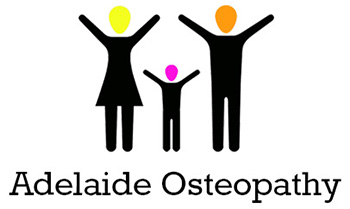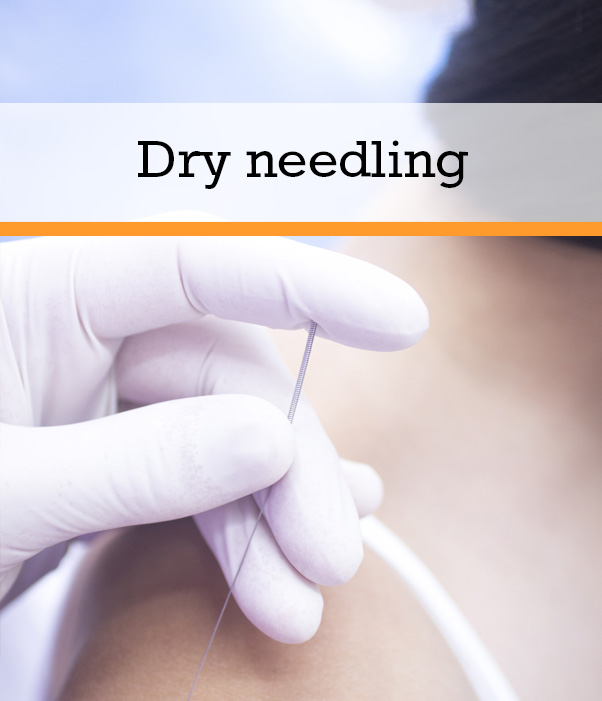Dry needling is a technique involving fine filament needles, (similar to those used in acupuncture) it’s application is used to release myofacial trigger points (MTP) and tight muscles.
Dry needling when combined with osteopathy is an effective way to treat a number of conditions including:
![]() Rotator cuff and shoulder issues
Rotator cuff and shoulder issues
![]() Sciatic and gluteal pain
Sciatic and gluteal pain
![]() Wrist and RSI problems
Wrist and RSI problems
![]() Acute ligamentous strain (ankle, knee, wrist)
Acute ligamentous strain (ankle, knee, wrist)
![]() Tendinitis
Tendinitis
![]() Tennis elbow
Tennis elbow
![]() Chronic muscular tension
Chronic muscular tension
![]() Piriformis syndrome
Piriformis syndrome
By placing the needles in either a shortened muscle or a MTP it stimulates a healing response to release and lengthen or deactivate and desensitize the affected muscle. By doing so it reduces pain referral and associated irritation to tendons.
Is dry needling painful?
Most people don’t feel the needle pierce the skin, but it can be slightly uncomfortable when the needle enters a tight muscle. You may experience a twitch or brief muscle cramp feeling, this is a great sign as it indicates that your muscle is about to relax.
Are there any side effects?
The most common side effect associated with dry needling is mild muscular soreness and occasional bruising.



